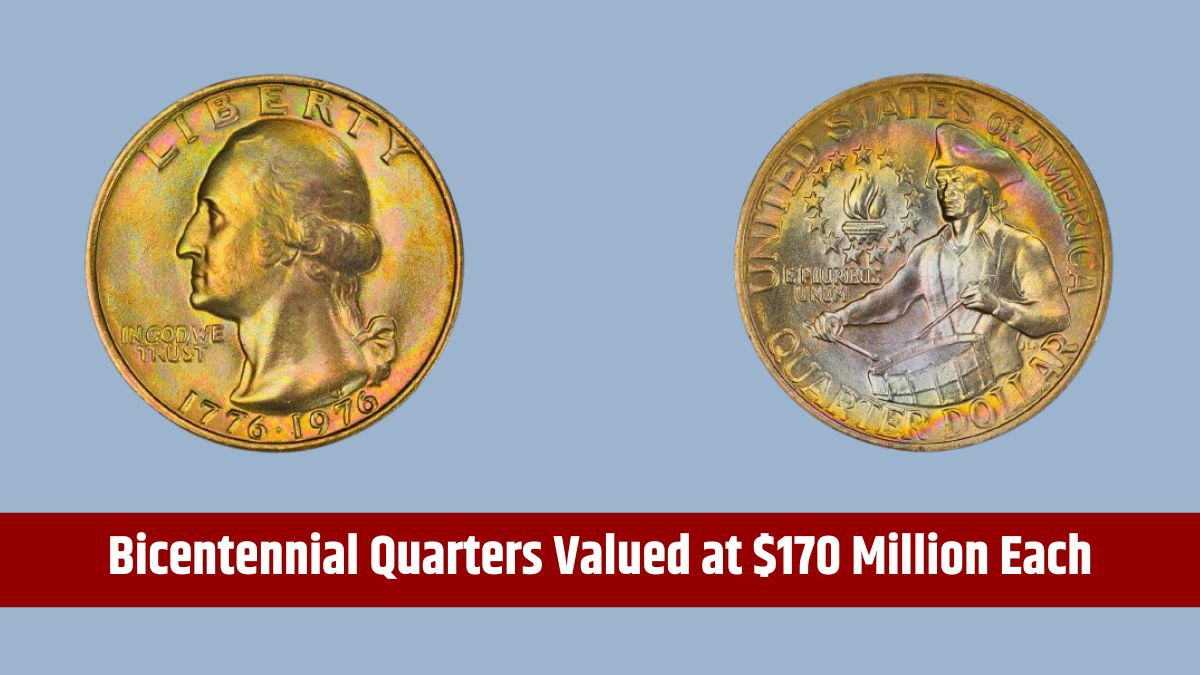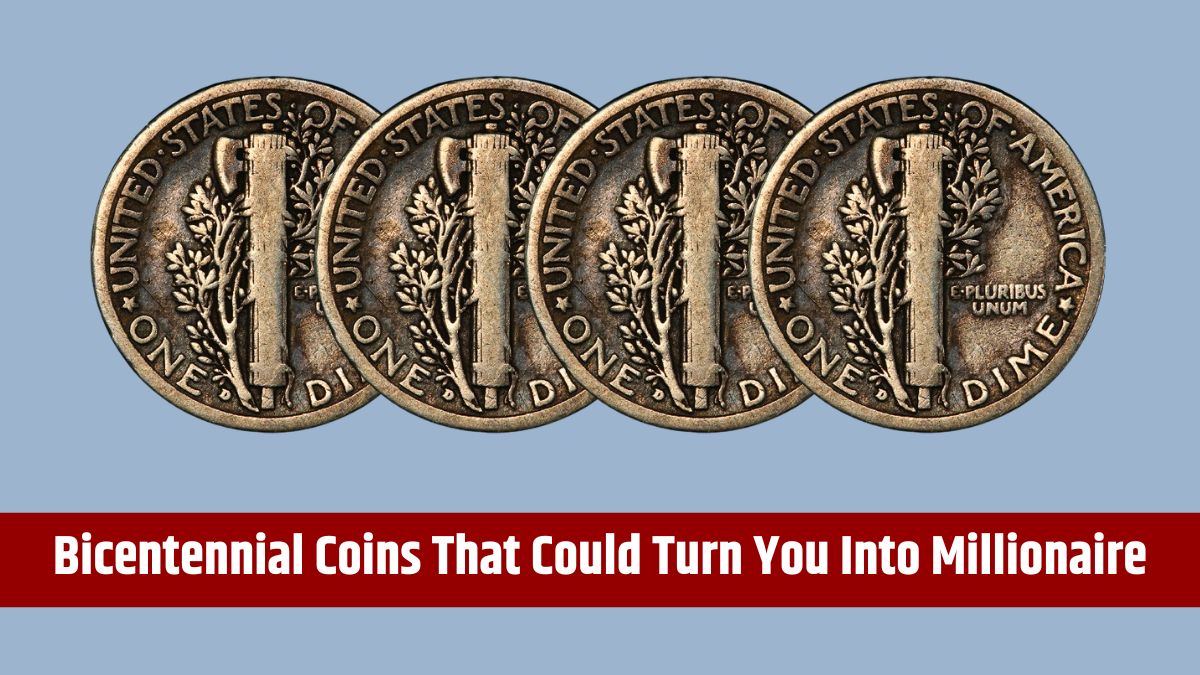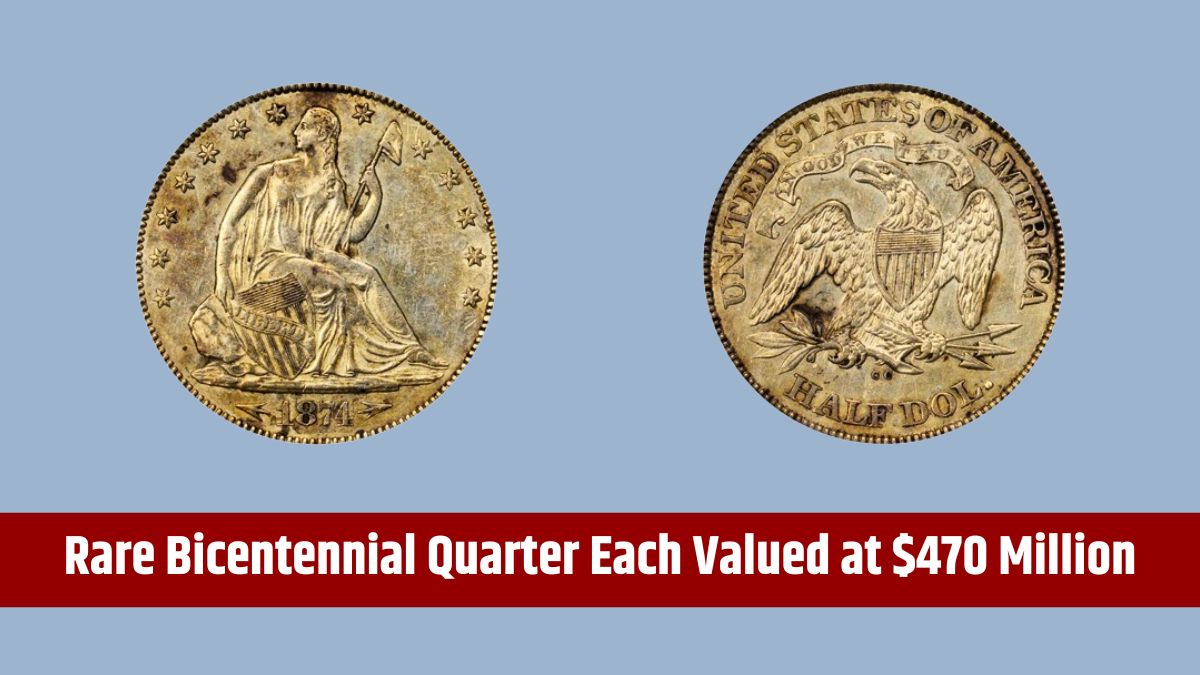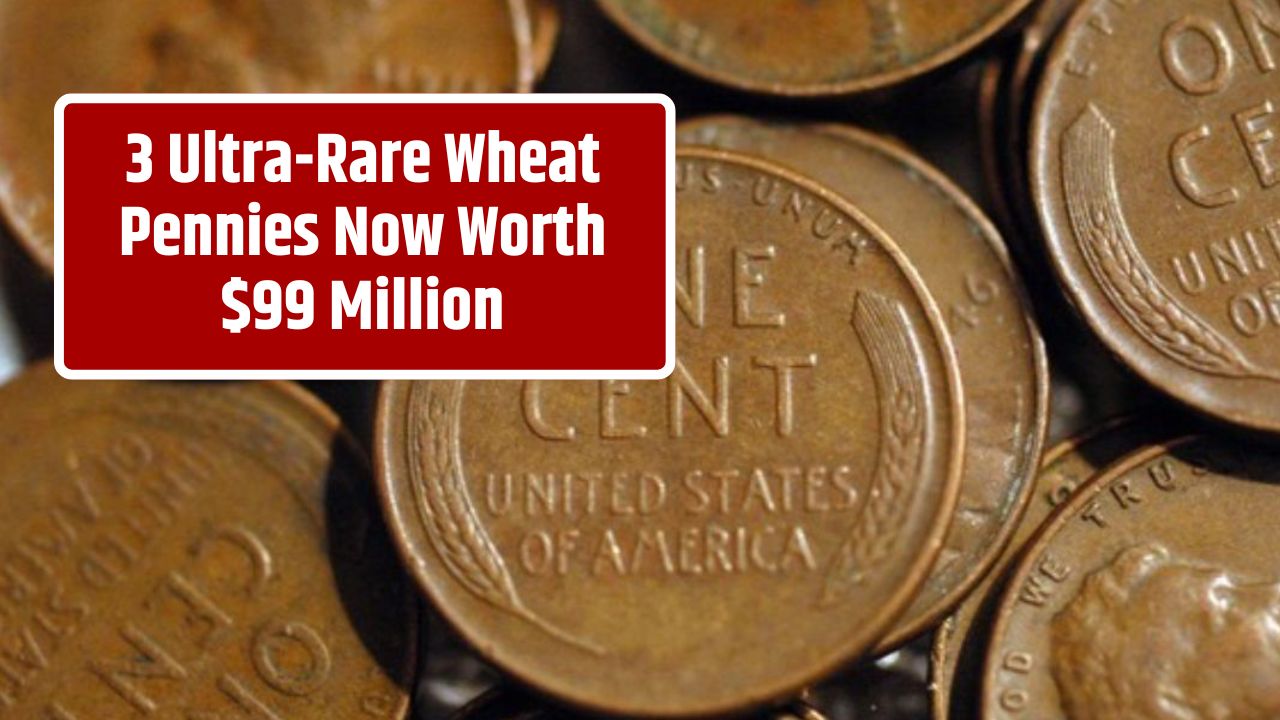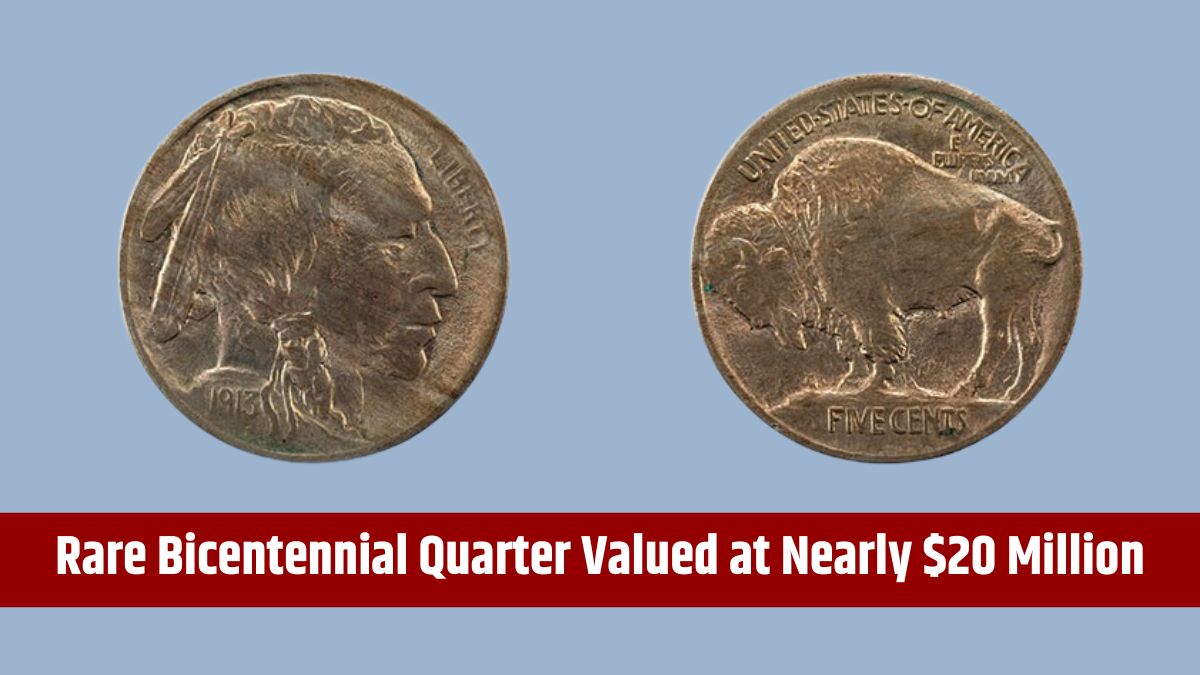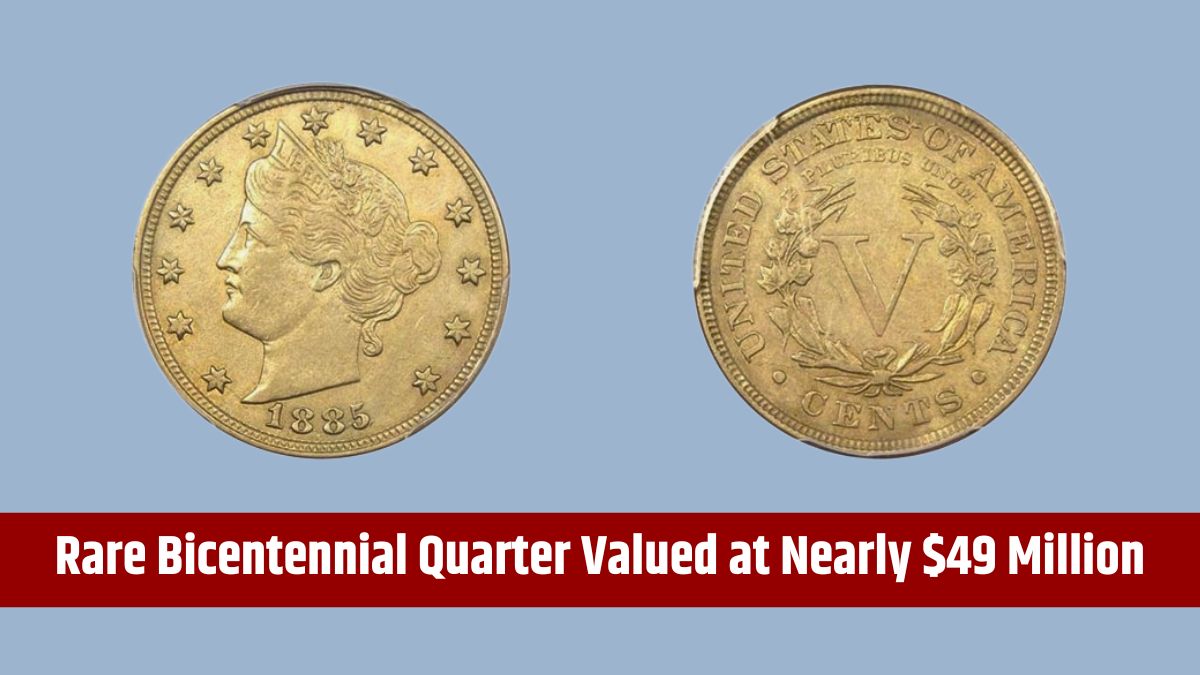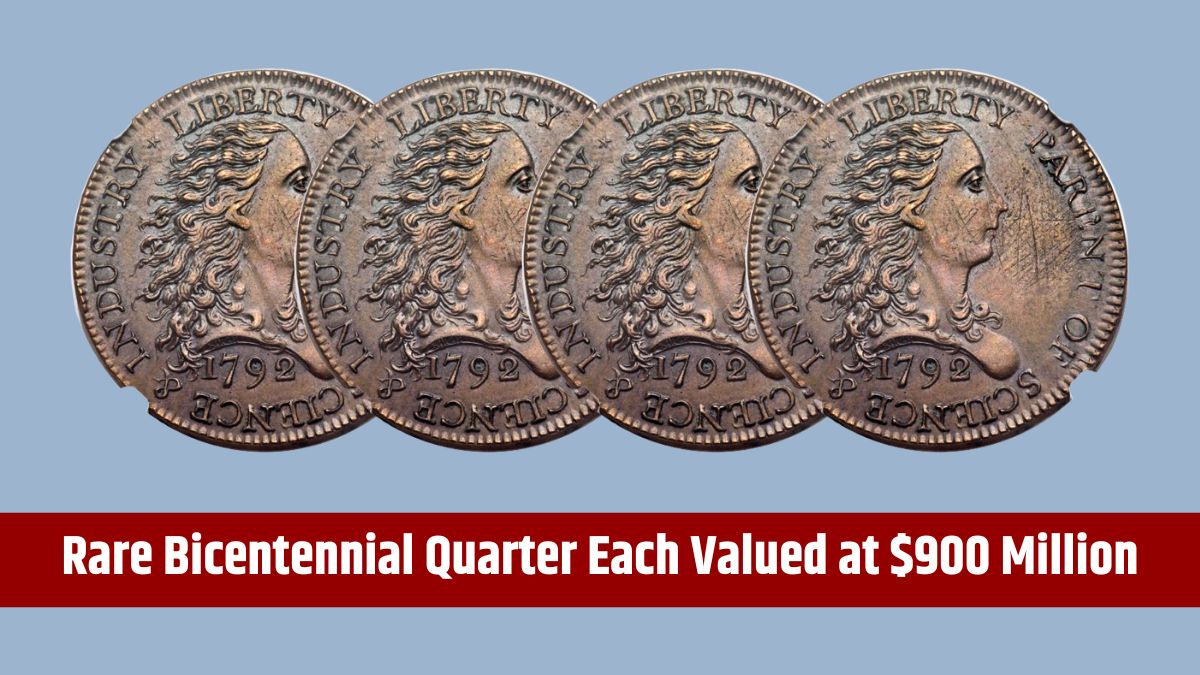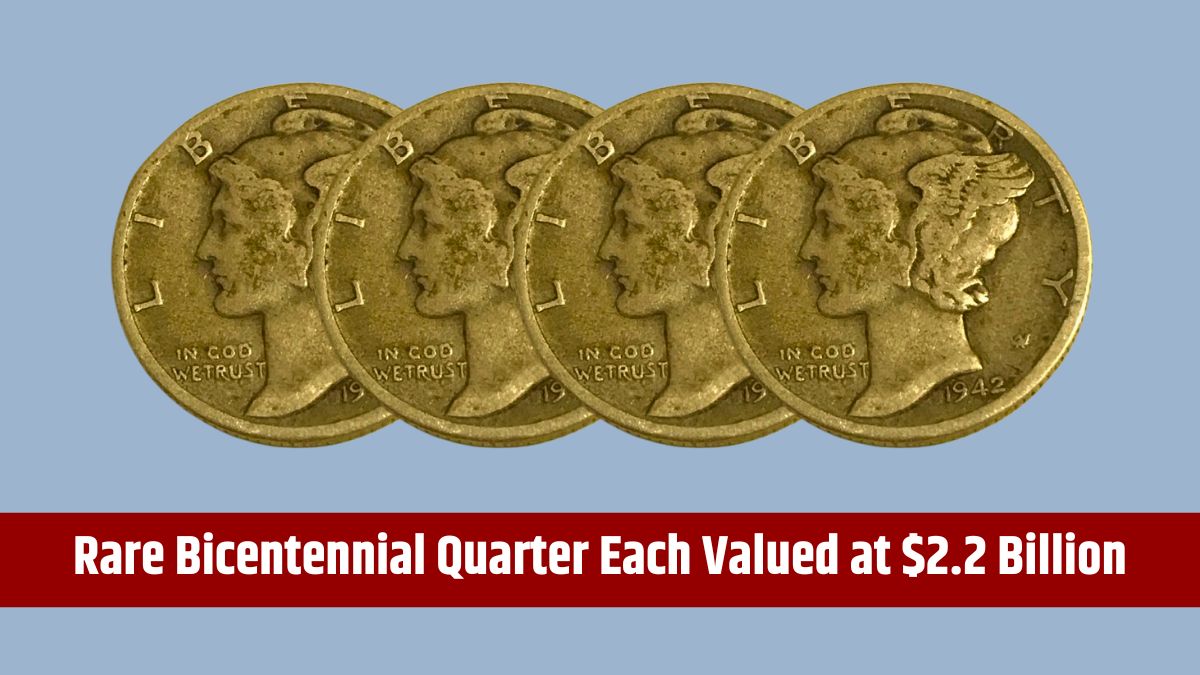Beginning in 2025, managing an inherited Individual Retirement Account (IRA) will come with new rules that could significantly impact your financial strategy. It’s crucial to know these changes to avoid hefty penalties from the Internal Revenue Service (IRS), which could threaten your financial well-being. The updated regulations mainly affect beneficiaries differently, depending on whether they are spouses or non-spouses.
Non-spouse
For non-spousal beneficiaries, the new rules revolve around Required Minimum Distributions (RMDs). If the original account owner had already reached the age for RMDs at the time of their death, the heir must continue these mandatory withdrawals annually, starting the year after the owner’s passing. If the original owner had not yet reached the RMD age, this rule may not strictly apply, but taking withdrawals sooner may still be beneficial for tax purposes.
The Secure Act of 2019 brought significant changes to inherited IRAs, including the elimination of the “stretch IRA” provision, which allowed beneficiaries to spread out distributions over their lifetime. Now, for most non-spouses who inherited IRAs after 2020, the “10-year rule” applies, requiring the account to be fully depleted by the end of the tenth year after the original owner’s death. The only exceptions are for spouses, minor children, disabled or chronically ill beneficiaries, or those inheriting through certain types of trusts.
Previously, the rules were ambiguous, and many beneficiaries believed they could wait until the final year to withdraw the entire balance. However, starting in 2025, the IRS has clarified that RMDs must be taken annually if the original owner had reached the RMD age, with penalties reinstated for those who fail to comply.
Penalties
The IRS temporarily waived penalties for missed RMDs from 2021 to 2024, allowing account holders time to adjust to the new regulations. But starting in 2025, the standard 25% penalty for missing an RMD will return. Fortunately, if the error is corrected within two years, the penalty can be reduced to 10%. It is essential to ensure that the account is fully withdrawn within the 10-year period to avoid any penalties.
Strategic
If you find yourself subject to the 10-year rule, it might be wise to consider “strategic distributions” to minimize your tax burden. According to Vanguard’s research, spreading out the withdrawals evenly over the 10-year period is a practical strategy for most heirs. This approach helps keep annual income levels more consistent, potentially avoiding higher tax brackets.
However, certified financial planner Judson Meinhart suggests that beneficiaries look beyond a uniform withdrawal schedule and assess their personal tax situation. If you anticipate periods of lower income, such as during unemployment or the initial years of retirement before Social Security begins, taking larger withdrawals during those years may make sense. This could help you pay less in taxes over the entire period.
Potential
Although strategic distributions can be beneficial, they may come with some downsides. For example, withdrawing more from an inherited IRA could increase your income to a level that affects eligibility for college financial aid, alters the terms of income-driven student loan repayment plans, or even raises your Medicare premiums when you reach retirement. It’s important to weigh these potential effects against the benefits of reducing your tax burden.
The changes to inherited IRAs set to take effect in 2025 mark a significant shift in how beneficiaries need to manage these accounts. Addressing the 10-year rule, mandatory RMDs, and the impact on your taxes will be essential for avoiding costly penalties and maximizing the financial benefits of an inherited IRA. By considering strategic distribution options and planning withdrawals based on anticipated income levels, you can navigate these changes more effectively.
FAQs
What is the 10-year rule for inherited IRAs?
The account must be emptied by the end of the tenth year.
Do non-spouse heirs need to take RMDs?
Yes, if the original owner had reached RMD age.
What is the penalty for missing an RMD?
A 25% penalty applies, reduced to 10% if corrected in two years.
Can RMD penalties be avoided in 2025?
No, the IRS is reinstating penalties for missed RMDs.
How can strategic distributions help?
They can lower taxes by withdrawing during low-income years.










